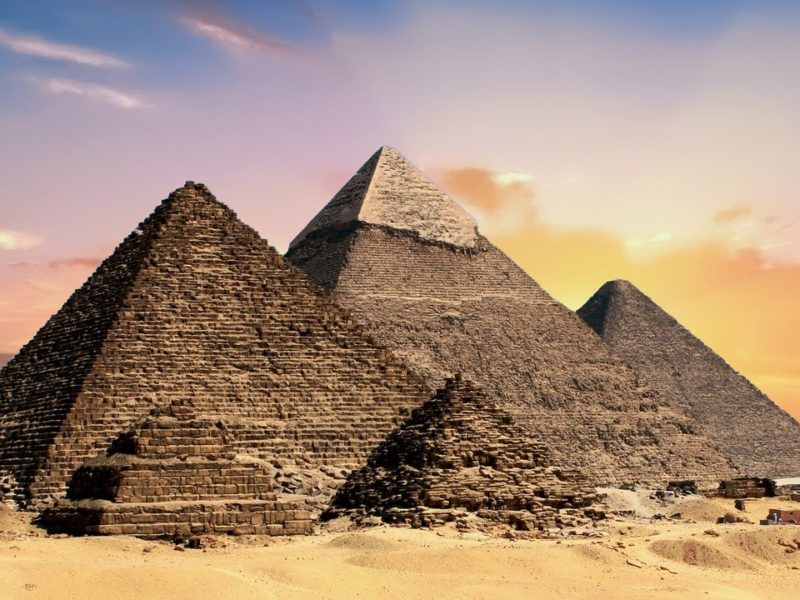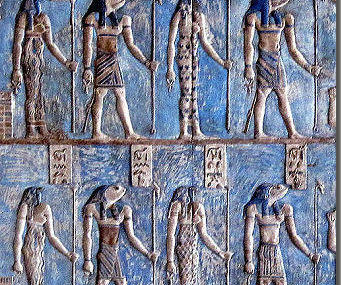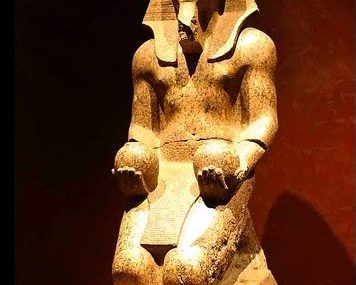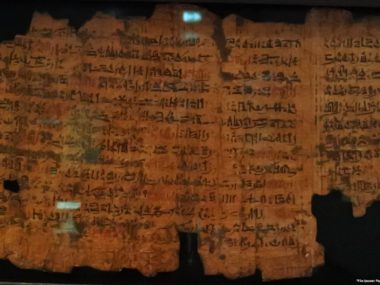Imagine trying to build a pyramid upside-down. You start off with a single brick and carefully balance two bricks on top of it. Each layer that you add is a little bit larger than the one below it. Eventually, if you manage to complete the project without knocking it over, you will end up with a full-scale upside-down pyramid.
The views expressed in this article reflect those of the author mentioned, and not necessarily those of New Creation.
Now, imagine that you are almost finished building your structure, but you discover that one of the bricks at the top is faulty. No problem – you simply pull it out and replace it. But then, you discover that there is something wrong with the very bottom brick. Now you are in trouble! If you try to replace that brick, your entire pyramid will crumble.
Building a Research Paradigm

In the realm of scientific research, scholars often base their models on data that they believe to be true. Although it is ideal for a researcher to be unbiased, this is rarely, if ever, the case. Each scientist builds upon the work of previous scholars and works within an established paradigm.
For example, in geology, a scientist may start with the pre-established idea that the earth is billions of years old. This idea is based on the assumption that radiometric dating provides accurate dates. That idea is the bottom brick of the structure, and from there, the researcher will add more and more bricks. For example, perhaps he or she will study one particular rock layer and come to a conclusion about how old it is within the old-earth paradigm. From there, he or she may date other rock layers in relation to that one. Eventually, with a lot of hard work and research, this scientist will end up with a nice large structure. Each brick interlocks nicely with the ones around it, and overall, the structure is quite sturdy.
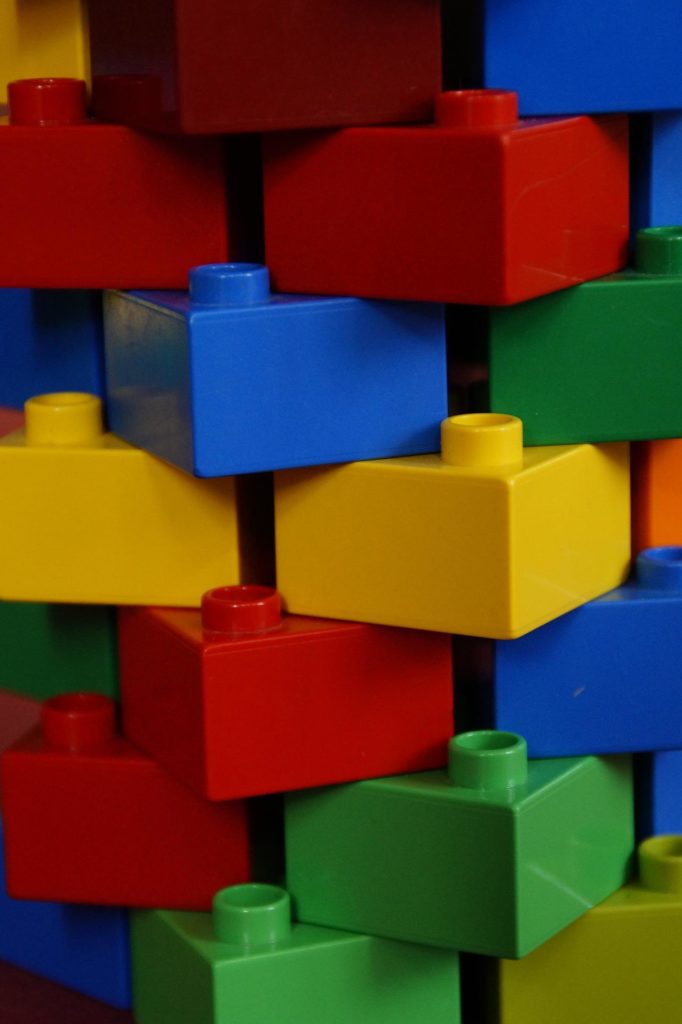
Perhaps another scientist will challenge one of the ideas built into this structure. If it is one of the bricks near the top of the structure, it is no problem. Those ones are easy to replace.
Challenging the Paradigm
But what if a young-earth scientist comes along and suggests that the earth is only a few thousand years old? This would create a major problem for the scientist who has spent a lifetime building a structure on the foundation of the old-earth paradigm. Trying to change the foundation on which this scientist’s work is founded would be tantamount to saying that his or her entire life’s work was worthless. This is why scholars can react very strongly against those who challenge their foundational beliefs.
Recently, the archaeological team that I work with announced the discovery of an artifact that will likely shake the foundations of a prevalent archaeological paradigm.1 A peer-reviewed article about this find is forthcoming, but some scholars are already expressing their concerns.
Here is what a leading archaeologist, who holds to that paradigm, had to say. “In general, I am irritated by sensational claims of discoveries which ostensibly change everything that we know about the Bible and the history of ancient Israel.”2 It appears that our discovery challenged one of the foundational bricks of this scholar’s pyramid, and he is understandably disturbed.
Building a Better Paradigm

So, what can young scientists do to avoid the pitfalls of upside-down pyramids? Of course, it would be ideal for us to build our pyramids right-side-up! This would mean founding our research on a broad base of supporting evidence that is all well-researched. This would give our pyramids strong foundations and make it easy to adapt to new discoveries. Yet, this may not be entirely possible, since true objectivity is not easily obtained and it is difficult for scholars to do the immense amount of research that this would require.
What we can do, though, is try to be careful and conscientious to build on a strong foundation stone. For Christian scientists, the foundational stone is often the Bible. Secular scientists may criticize building on this foundation, yet it would be inconsistent to argue that the Bible is a less sound foundation than any other arbitrary foundational stone.
We should also take great care with our research and be ready to adapt and rebuild if our assumptions are proven wrong. Even if we have to disassemble and rebuild large portions of our pyramids, doing so is preferable to holding rigidly to false beliefs. We may not end up with grand and glorious structures, but if we are willing to adapt and rebuild, we may provide a more secure structure for the next generation of scientists, whom we hope will far surpass us, to build upon.
Footnotes
- https://biblearchaeology.org/current-events-list/4896-abr-researchers-discover-the-oldest-known-proto-hebrew-inscription-ever-found ↩︎
- https://www.iflscience.com/editors-blog/ancient-curse-tablet-may-be-earliest-ever-example-of-hebrew-writing/ ↩︎

